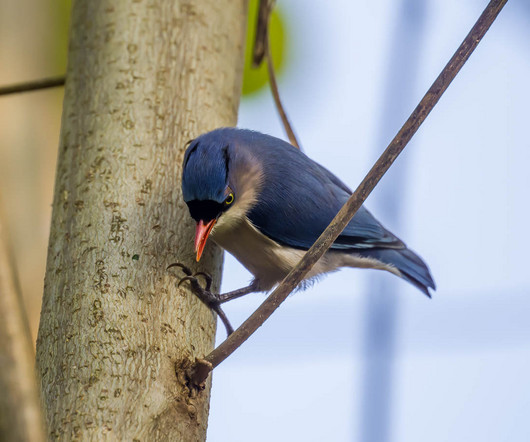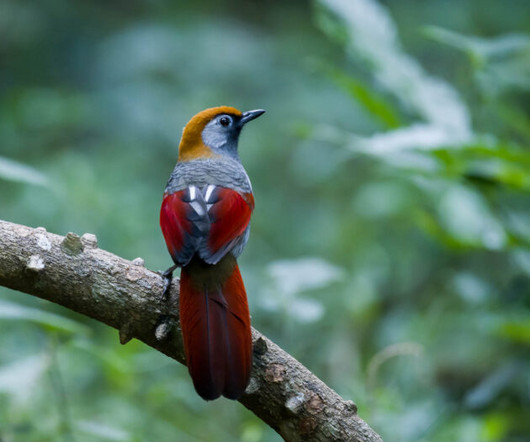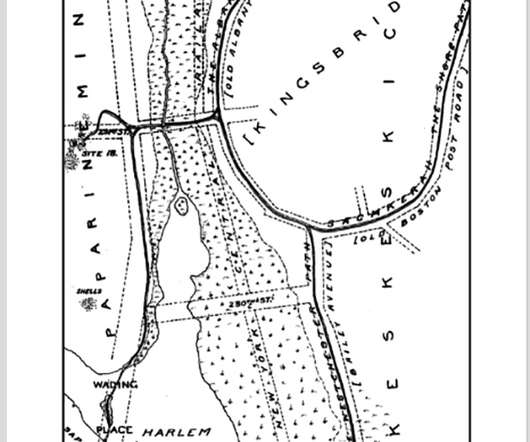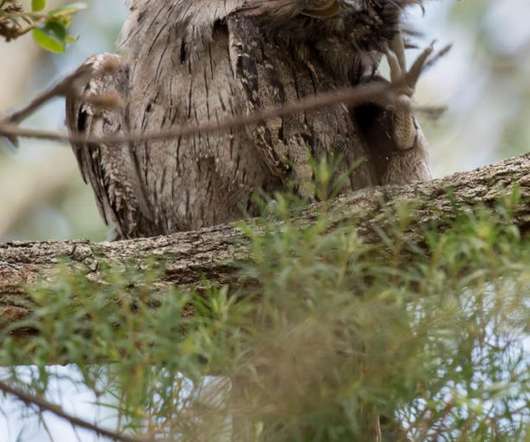Birding Ruili, Yunnan
10,000 Birds
APRIL 22, 2024
I admit this is not quite on the level of fellow writers’ posts describing birding as an extreme sport. The bird has now started using its scientific name, Hemipus picatus , as it is substantially shorter. Perhaps the middle section of blog posts should be relatively boring in order to get rid of the more casual readers.


























Let's personalize your content